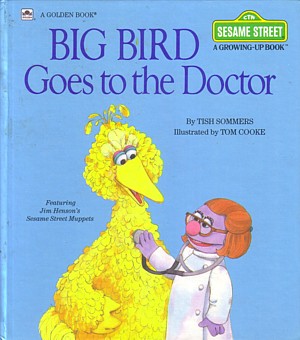 |
| The Bird Cage (Photo credit: Wikipedia) |
 |
| English: A man holds a cage where there is a small bird. Nanjing, China. (Photo credit: Wikipedia) |
 |
| A pet Sun Parakeet (also known as a Sun Conure) in parrot cage. (Photo credit: Wikipedia) |
 |
| English: Cuban Parrot (Amazona leucocephala) in Cuba (2007). Pet parrots. (Photo credit: Wikipedia) |
Home is where the heart is, isnt it? Ever thought about those who have no home and make us feel good daily as we enjoy their music and admire their beauty. Shouldnt they also have a beautiful place of their own? Yes, we are talking about the birds whose melodies we wake to every morning and who warm our hearts. These pretty creatures have their nests perched on trees and shrubs. However, when the humans have started keeping birds as pets, the pretty birds do not have the luxury of having their own nests. This is how the concept of birdcages came into being. Since birdcages are the only option that we humans have for them, why not make it beautiful?
Types of Birdcages
There are many kinds of birdcages available t day for the birds. Since birds can be classified into three sizes, small, medium and large, cages are also provided in the same way (i.e., small, medium, and large). It is true that no one else but you knows the best your bird requires, so youre always advised to get your birdcage designed as an acrylic bird cage which is ideal for any bird that you may own. The birdcages come in variety of designs and materials, including the manzanita, ribbon wood, grape wood and acrylic perches. Aside from that, you can buy bird toys for your bird/s to play with. You can also make sure they have a wide variety of food to eat.
Decorating Your Birds Home
Select the birdcage that is easy to clean. For this you can place a tray into the cage, which you can remove easily when you need to wash it off. You can also make sure your birds get their well-deserved rest by purchasing a cover to place over their cage at night. You can buy lots of toys and hanging materials to enhance the looks and charm of their home. For example, you can give put a ladder in their cage that they can walk up and down on. Just make sure you keep the cage easy to clean.








































